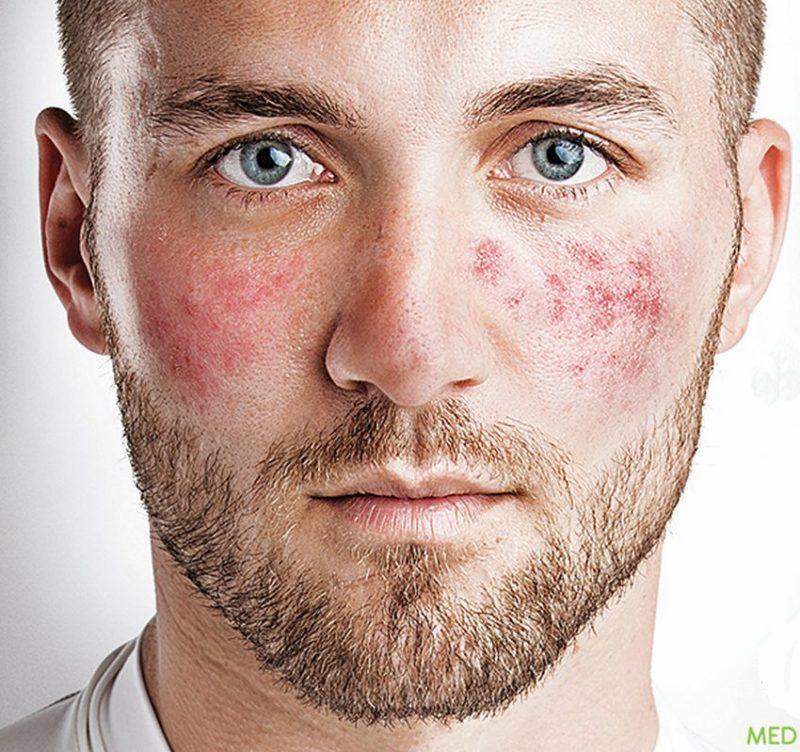Adult Acne Rosacea is a chronic and relapsing inflammatory skin condition commonly seen after age 30. It is characterized by either persistent or transient central facial erythema or flushing, small broken blood vessels (telangiectasias), and pustules or papules often along the cheeks. While there is no cure, there are a number of therapies to help suppress troublesome symptoms.
WHAT CAUSES ADULT ACNE/ROSACEA?
While there are a number of common triggers for adult acne rosacea, a definitive cause has yet to be determined. Considered possibilities include climactic change (extreme temperature changes, sun exposure, exercise), H. pylori infection, detrimental food habits (caffeine, spicy foods, alcohol), exercise, extreme mood changes (anger, embarrassment), irritation from applied topical products, and certain drugs (vasodilators, nicotinic acid from tobacco). Acne rosacea has a genetic predisposition for those with fairer skin types, particularly those of Northern European or Celtic origin; however, darker skinned individuals may also be afflicted. Furthermore, women appear to be affected in larger numbers than men.
TREATING ADULT ACNE/ROSACEA?
Treatment is geared toward non-pharmacologic, often behavioral measures. These include avoidance of triggers, particularly those causing flushing, regular sun protection, and gentle skin care practices. Broken blood vessels may be treated with laser and light-based therapy (IPL). Those with inflammatory papules or pustules can be treated with topical medications, such as metronidazole cream or azelaic acid. For individuals suffering from more severe disease or extensive facial changes, oral medications such as tetracycline antibiotics or isotretinoin may be considered.



